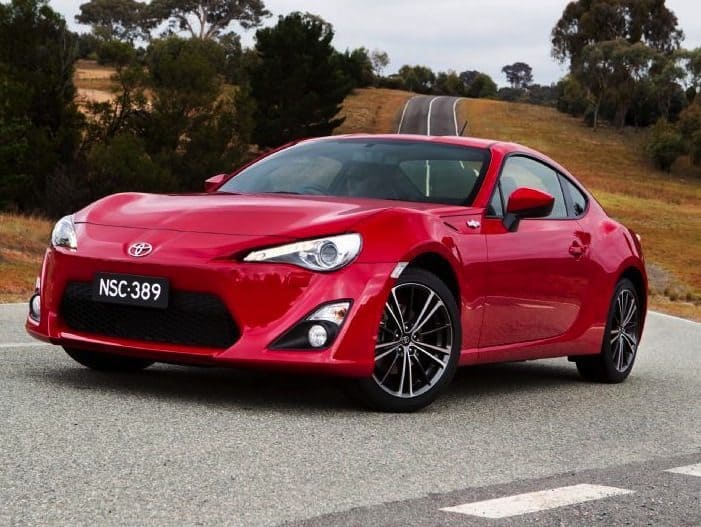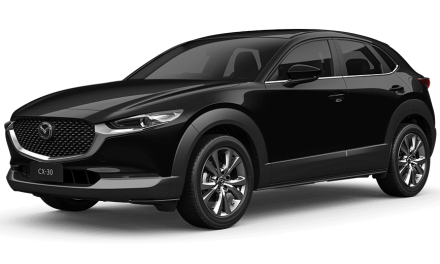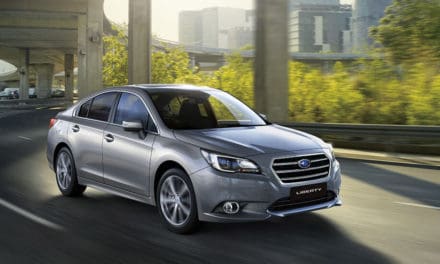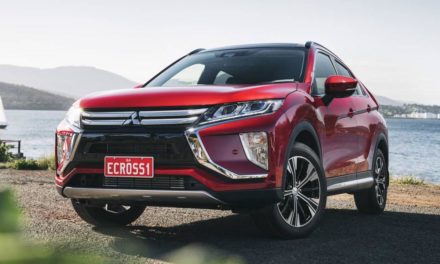Much as the brand is appreciated by its customers worldwide, Toyota hasn’t been particularly achieving that by coming up with soulful automobiles. It’s been all ‘quality’ and ‘customer value’ and ‘corporate social responsibility’ and such meaningless management terms, leading to cars that aren’t even the slightest bit of exhilarating.
OK, I’ll admit it, Toyota has fared very well since it started out in the fifties and that’s been exactly because of the above described strategy. But there was still always place for something sporty and exciting. Until, in 2002, they took the Supra out of production and things went silent. Nothing interesting for ages, until, in 2009, they suddenly came up with a snazzy-looking concept car that soon turned out to be an omen for something good coming: The 86 as it’s called in Oz and Japan, or GT 86 in Europe. It also has sisters in the form of the Subaru BRZ and Scion FR-S.

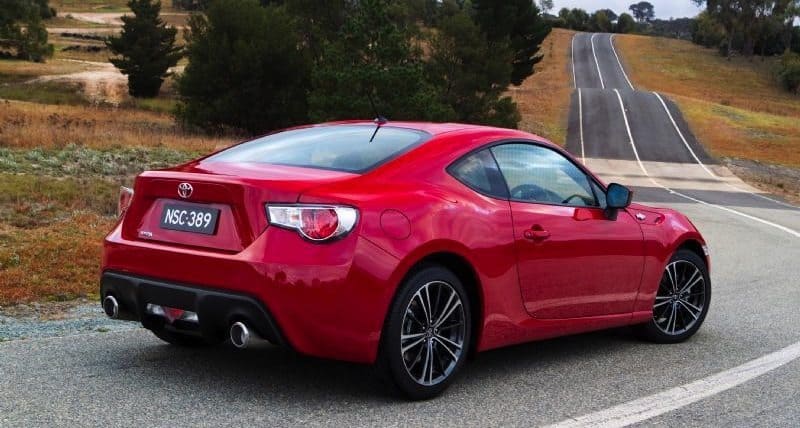
The 86 is a two-door ‘2+2’ car, although everybody knows that there isn’t a living soul past the age of 2.5 in the world that will sit in the back of one- much too crammed. Doesn’t matter, not what it’s intended for. The car’s light weight (1,180 to 1,250, depending on exact configuration), rear-while drive, relatively high power (147 kW) and almost perfect balance (53% in the front, 47% in the back) make it suitable for something completely different than transporting your friends to the mall. Namely, going fast and going sideways.
The 86 is a car without compromise, made for just one purpose: to have fun with. The car refers back to Toyota’s heritage of sporty cars and its most apparent predecessor is the AE86, a car introduced in 1983. The AE86 has a huge racing history and is even today a frequently seen contender on drift tracks. It was also very easy to tune, which I’m sure many will also do to the new 86 and that’s perhaps the reason why Toyota didn’t bother to take it beyond said 147 kW. In fact, the first tuning companies have already announced their higher-powered creations (refer to a company called Gazoo for example).
The 86 is powered by a 2.0 litre four-cylinder boxer petrol engine, meaning it will sound darker and more ominous than a normal straight-line four. The car is available with both manual and automatic transmission, the latter of which also features paddle shifters. Apart from the 147 kW, that means 205 Nm of torque – which frankly seems a bit low, but proves more than sufficient in practice – it has a fuel efficiency of 7.8 litres for every 100 kilometers traveled with the manual. The automatic needs only 7.1 litres.
The 86 is a car without compromise, made for just one purpose: to have fun with. The car refers back to Toyota’s heritage of sporty cars and its most apparent predecessor is the AE86, a car introduced in 1983. The AE86 has a huge racing history and is even today a frequently seen contender on drift tracks. It was also very easy to tune, which I’m sure many will also do to the new 86 and that’s perhaps the reason why Toyota didn’t bother to take it beyond said 147 kW. In fact, the first tuning companies have already announced their higher-powered creations (refer to a company called Gazoo for example).
The 86 is powered by a 2.0 litre four-cylinder boxer petrol engine, meaning it will sound darker and more ominous than a normal straight-line four. The car is available with both manual and automatic transmission, the latter of which also features paddle shifters. Apart from the 147 kW, that means 205 Nm of torque – which frankly seems a bit low, but proves more than sufficient in practice – it has a fuel efficiency of 7.8 litres for every 100 kilometers traveled with the manual. The automatic needs only 7.1 litres.
In terms of trims, Toyota offers just two choices; the GT and the GTS. The differences aren’t terribly large and I suspect most buyers will find the add-on features of the GTS nonessential. The only things relevant I could discover were leather upholstery and bigger rims on the GTS and perhaps the fact that you can order a GTS Option Pack on it, which will add aggressive spoilers and bumpers for a price of $3,000. The 86 is available in seven colours, of which Sonic (the Hedgehog) Blue looks most distinctive.
On the inside the sporty Toyota provides a good view all around and looks techy. There’s a lovely looking steering wheel with three spokes and aluminium and orange accents in the interior and dash finish the job. Of course, as a sports car is supposed to have, it also features white speedometer clocks.
In Australia, the 86 starts at $29,990 for a GT, which honestly is for free for a car so cool and fun. Those with deeper pockets and higher requirements can get a GTS for $35,490. Still not much. The automatic sees $2,500 to the amount paid, a complete waste of money!
It’s good to see a sporty Toyota again and I have no doubt it will sell like crazy. Take it sideways baby!

